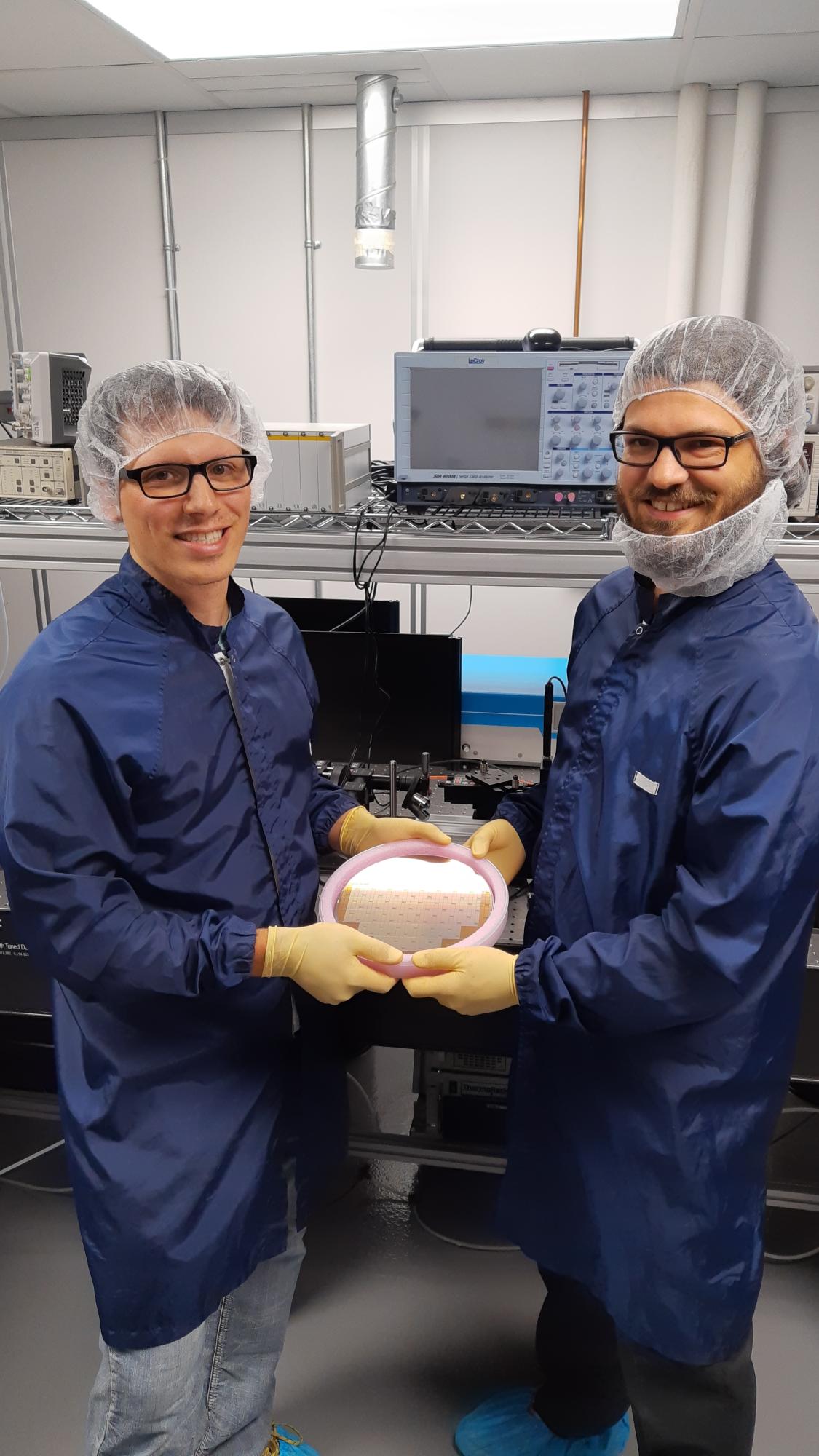Researchers at the Université de Sherbrooke (UdeS) in collaboration with CMC Microsystems are working on developing sensors to detect 'dark matter,' which is theorized to constitute a significant portion of the universe. The exact nature of dark matter remains unknown, as it has never been directly observed. However, its existence is inferred from its gravitational impact on galaxies, indicating the presence of unseen mass.

The researchers are employing a technology called Single-Photon Avalanche Diode (SPAD) array integrated with CMOS electronics to detect low-intensity signals, including individual light particles known as photons. This approach enables the indirect detection of dark matter particles through the SPAD, and the subsequent analysis and conversion of this data by the CMOS layer.
CMC Microsystems has provided crucial support to the Sherbrooke team, offering technical assistance, access to fabrication resources, and valuable design tools and software licenses for simulations and design. This collaboration has resulted in the development of SPAD/CMOS systems that can be adaptable to various applications, including the detection of different particles, medical imaging, and quantum key distribution.
The potential of the SPAD/CMOS systems extends to international projects, such as their involvement in experiments at the SNOLAB, the world's deepest clean laboratory in Ontario, to detect dark matter. The sensors developed by the Sherbrooke team are designed for large-scale experiments like dark matter and neutrino studies, as well as for practical applications with potential commercial uses.
The significance of understanding dark matter lies in its potential to unravel fundamental mysteries of the universe and pave the way for technological innovations. While the true nature of dark matter continues to elude scientific understanding, researchers remain hopeful that its discovery and comprehension could lead to groundbreaking developments akin to previous discoveries such as radio waves, infrared light, X-rays, and gamma rays.
The initiative at UdeS, in collaboration with CMC Microsystems, demonstrates a concerted effort to explore the elusive nature of dark matter, potentially unlocking new frontiers in both fundamental science and practical applications.







